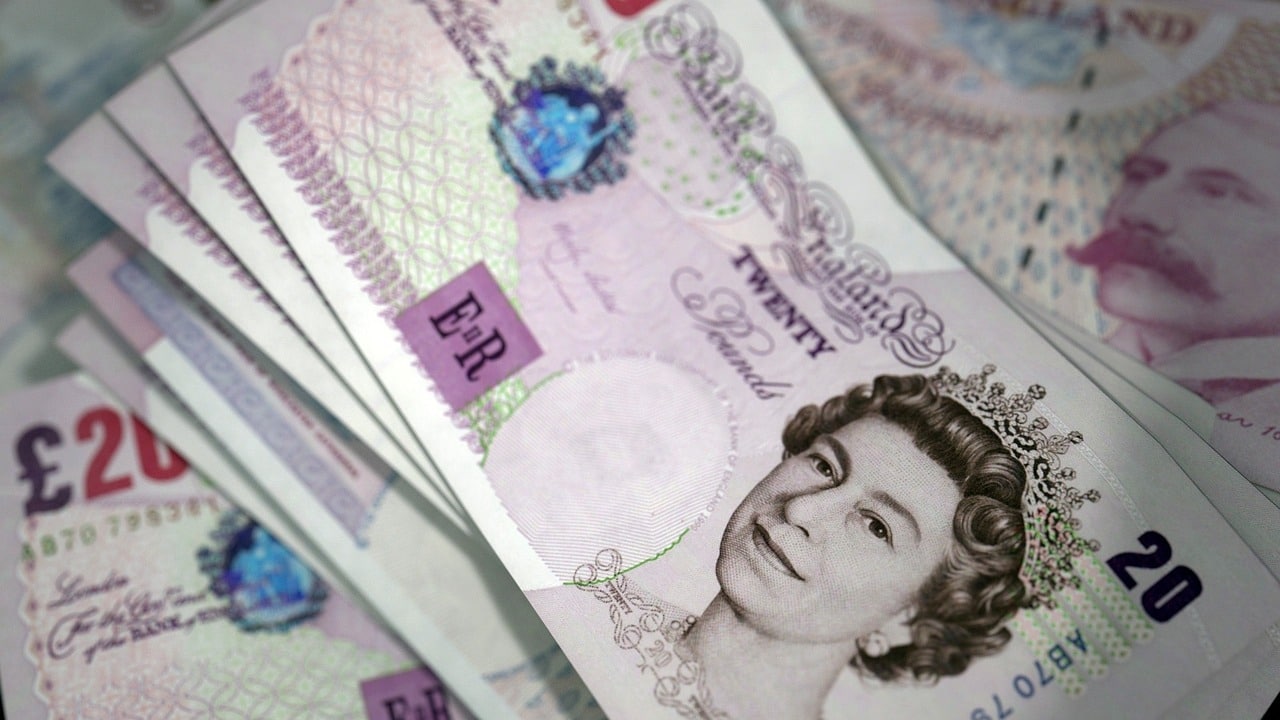The UK based PMI tells us that GBP severely decelerated to 53.9 in April 2018. It is, so far, the lowest level in the past 17 months. This is going to leave the negative impact on GBP/USD. GBP/USD relationship is heading towards a lower trend and hence, decreasing the chances of the Bank of England to raise the bank rate on May, 2018.
The PMI manufacturing report, has further said that the upturn in the UK manufacturing sector slowed further at the start of the second quarter, with rates of expansion making easy for output, new productions, and hence, an enhanced employment. This partly reflects a weakening pace of expansion of new work opportunities from abroad.
Factors Responsible for Affecting Exchange Rates of GBP/USD
There are a few key factors responsible to affect these rates:
-
Inflation Rate
Any country which has a lower inflation rate than another’s will see an appreciation in the value of money. To gauge the level of inflation in UK, Consumer Price Index (CPI) is followed i.e. changes in prices of goods and services purchased by consumers in a given period. It is the measure that the Bank of England uses for its inflation target. Any changes in that CPI which is deviated from the BOE’s inflation target could imply future monetary policy of England.
-
Monetary Policy of England
One of the core responsibilities of Bank of England is to promote monetary stability. Whenever the Bank of England feels that the rise in inflation is threatening the stability of the pound, the bank will use the monetary policy to control inflation.
-
Interest Rates
Similarly, changes in the country’s interest rate affect value and dollar exchange rates. Forex rates, interest rates and inflation are all correlated. To keep track of monetary policy, traders will follow the changes in the bank rate. This rate decisions are determined by the Monetary Policy Committee on a monthly basis and can be found at the website of BOE.
GBP-USD ANALYSIS
The pound’s GBP-USD relationship, which is -1.0607% , is linked with the Britain’s exit from the European Union dominated this year, and is unlikely to subside in 2018. Pressure is on British Prime Minister Theresa May, whose government has been beset by resignations and turmoil, appear to ease following progress in negotiations last week.
Sterling has bought $1.3333, down from $1.3430 late Thursday 26th April, 2018, in New York. For the year the currency pair is up around 8%.
British companies are hoping to have an idea what the post-Brexit trade landscape could look like by March of next year. According to Jane Foley, senior strategist at Rabobank:
“The U.K. has suffered from low productivity growth for some years. This issue is likely to be accentuated by the fact that the investment growth is being hindered by political uncertainty”
EXPERT’S ADVICE
According to Viraj Patel, strategist at ING, there is a potential for cable to take back all of its post-Brexit decline in the first quarter of the next year. He said that the potential for positive developments hasn’t been fully priced in. That would take the pounds to $1.40 versus the dollar, while sending the euro (EURGBP), +0.4217% to Pounds 0.85.
Conclusion
The PMI manufacturing report confirms the general softness of the UK economy indicated by the slowdown trend in UK GDP has rose to 0.1 % over the first quarter of this year while it is going to be decelerating to 1.2 % over the end of the year.
Technically speaking, this GBP/USD relationship, has broken the key support level of 1.37, which represents 38.2 Fibonacci retracement line, moving higher from 1.27 to a 22 month high of 1.47 from Monday, 30th April. It is still reflecting to be on a declining side.
Many market participants expect inflationary pressure to ease somewhat in 2018, giving Bank of England Gov. Mark Carney and fellow policy makers a reason to leave rates unchanged. Still the U.K.’s adaptable inflation in response to peers such as U.S., EU or Canada, which are all struggling with the opposite issue of particularly low inflation, could force the BOE’s hand in 2018, if accelerating CPI persists, market participants will be warned.













